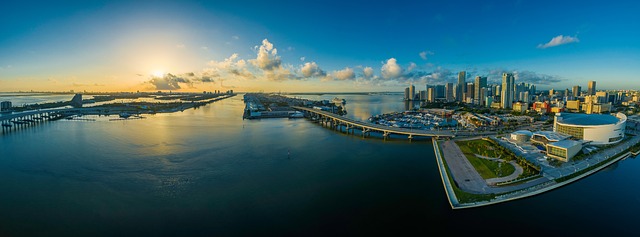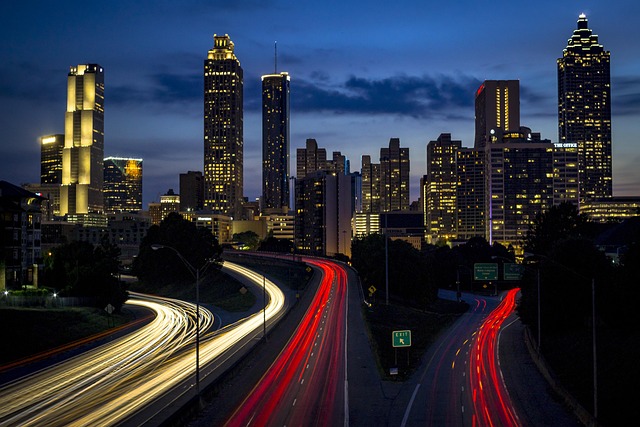Karachi, Pakistan's economic hub, has transitioned from fossil fuels to a balanced energy mix, with natural gas playing a pivotal role in meeting its diverse energy demands. The city's ever-growing population and industries drive high natural gas usage, challenging suppliers to ensure consistent availability. Karachi's robust gas infrastructure, including strategic distribution networks, supports various activities, from daily essentials to industrial processes. Despite challenges like aging infrastructure and demand spikes, efforts to enhance gas supply involve diversifying sources, implementing innovative technologies, and engaging communities through public-private partnerships for sustainable energy solutions, positioning Karachi as a model for urban energy security in Pakistan and beyond.
In the heart of Pakistan, Karachi’s energy landscape is undergoing a transformation, with natural gas playing a pivotal role in shaping its future. This article delves into the intricate web of gas availability near Amir Khusro, exploring the city’s burgeoning demand and the current state of distribution networks. We uncover challenges, highlight efforts to enhance supply, and gaze into the future, emphasizing community engagement as Karachi navigates its energy revolution. Discover how these factors intertwine to forge a sustainable energy narrative for Pakistan’s metropolis.
- Karachi's Energy Landscape: An Overview
- The Demand for Gas in the City
- Current Gas Availability and Distribution Networks
- Challenges and Efforts to Enhance Supply
- Future Prospects and Community Engagement
Karachi's Energy Landscape: An Overview
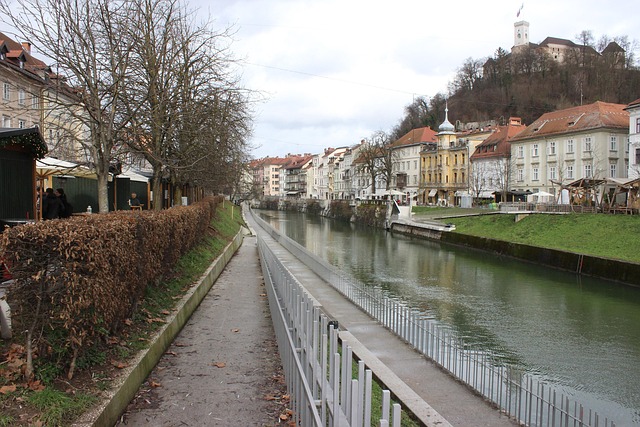
Karachi, Pakistan’s economic hub and a bustling metropolis, has witnessed significant transformations in its energy landscape over the years. The city’s energy needs are diverse, driven by a population that thrives on reliable power for businesses, industries, and households. Traditionally reliant on fossil fuels, Karachi is gradually embracing a more balanced approach to energy generation and distribution.
The region’s strategic location has facilitated the development of gas infrastructure, making natural gas a significant component of Karachi’s energy mix. This transition not only supports the city’s growing demand for clean and efficient energy but also aligns with national efforts to reduce dependence on imported energy sources. As such, Karachi serves as a prime example of how urban centers can navigate their energy challenges while contributing to Pakistan’s broader energy security goals.
The Demand for Gas in the City

In Karachi, Pakistan’s economic hub, the demand for gas is higher than ever. The city’s vibrant and bustling nature requires a steady supply of natural gas to fuel its industries, households, and businesses. With a population exceeding 15 million, Karachi’s energy needs are diverse and complex. From manufacturing hubs in the east to residential areas in the west, the need for reliable gas availability is crucial for maintaining the city’s rhythm.
The demand for gas in Karachi is not just limited to traditional energy users; it extends to new industries emerging in the metropolis. As the city continues to evolve, with a focus on technology and innovation, the requirement for natural gas as a clean energy source becomes increasingly significant. This trend poses challenges but also presents opportunities for gas suppliers to meet the ever-growing demands of Pakistan’s financial capital.
Current Gas Availability and Distribution Networks
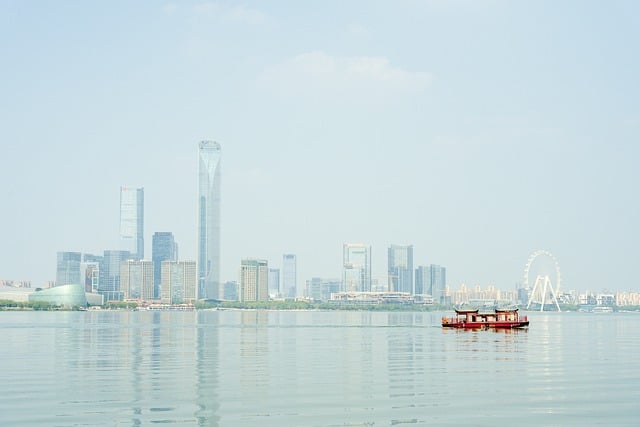
In Karachi, the gas availability landscape is robust and ever-evolving. The city boasts an extensive network of distribution channels that ensure natural gas reaches households, industries, and commercial establishments efficiently. This accessibility is a significant advantage for residents and businesses alike, streamlining daily operations and contributing to the overall economic vitality of the metropolitan area.
Karachi’s gas distribution networks are designed to be reliable and responsive, with multiple sources ensuring consistent supply. This redundancy is particularly notable in areas surrounding Amir Khusro, where strategic infrastructure hubs play a pivotal role in maintaining stable gas flow. As a result, users in this region enjoy near-uninterrupted access to natural gas, facilitating various activities from cooking and heating to power generation and industrial processes.
Challenges and Efforts to Enhance Supply
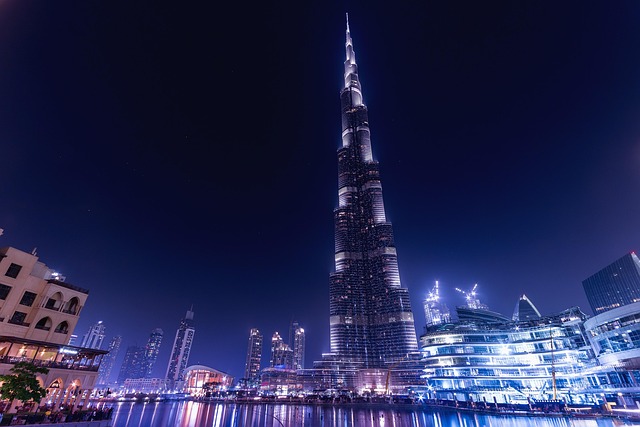
Despite its vibrant energy landscape, Karachi faces challenges in ensuring consistent gas availability for its growing population and industries. The demand for natural gas has been steadily rising, particularly in the industrial and residential sectors, leading to periods of scarcity. One of the primary hurdles is the aging infrastructure, which requires significant investment for modernization. The city’s intricate network of pipelines needs regular maintenance and upgrades to accommodate increased capacity.
Efforts to enhance gas supply in Karachi are ongoing, with a focus on diversifying sources and improving distribution networks. The government and private sector companies are collaborating to explore new exploration sites and develop alternative energy resources. Innovative technologies are being implemented to optimize production and reduce wastage. Additionally, there is a push for more efficient gas distribution systems, including the use of advanced metering infrastructure, to ensure fair pricing and better service delivery in the competitive market.
Future Prospects and Community Engagement

As Karachi continues to grow and develop, ensuring reliable gas availability is crucial for its future prospects. The city’s energy needs are dynamic, and keeping up with demand requires innovative solutions. One promising avenue is expanding community engagement in gas distribution networks. By empowering local communities, Karachi can foster a more sustainable and efficient energy ecosystem. This includes promoting public-private partnerships to develop decentralized gas infrastructure, enhancing safety measures through community awareness programs, and encouraging the adoption of clean cooking technologies. Such initiatives not only improve access but also contribute to a greener environment, benefiting both residents and the city’s overall development trajectory.
Engaging the community in gas availability discussions is essential for Karachi’s long-term success. Local involvement can lead to tailored solutions that address specific energy challenges within neighborhoods. Moreover, it fosters trust and ownership among residents, ensuring sustainable practices. With the right strategies, Karachi can move towards a future where gas accessibility is not only dependable but also contributes to a more vibrant, resilient, and eco-conscious urban landscape, setting an example for other cities in Pakistan and beyond.
Karachi’s gas availability landscape is evolving, driven by increasing demand and efforts to enhance supply. As the city navigates its energy challenges, future prospects hinge on robust community engagement and innovative solutions. By optimizing distribution networks and exploring new sources, Karachi can ensure a reliable gas supply for its growing population and diverse industries.
